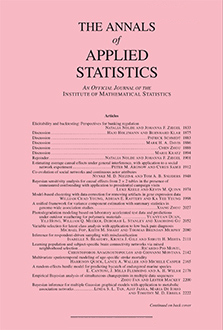Abstract
A prompt public health response to a new epidemic relies on the ability to monitor and predict its evolution in real time as data accumulate. The 2009 A/H1N1 outbreak in the UK revealed pandemic data as noisy, contaminated, potentially biased and originating from multiple sources. This seriously challenges the capacity for real-time monitoring. Here, we assess the feasibility of real-time inference based on such data by constructing an analytic tool combining an age-stratified SEIR transmission model with various observation models describing the data generation mechanisms. As batches of data become available, a sequential Monte Carlo (SMC) algorithm is developed to synthesise multiple imperfect data streams, iterate epidemic inferences and assess model adequacy amidst a rapidly evolving epidemic environment, substantially reducing computation time in comparison to standard MCMC, to ensure timely delivery of real-time epidemic assessments. In application to simulated data designed to mimic the 2009 A/H1N1 epidemic, SMC is shown to have additional benefits in terms of assessing predictive performance and coping with parameter nonidentifiability.
Citation
Paul J. Birrell. Lorenz Wernisch. Brian D. M. Tom. Leonhard Held. Gareth O. Roberts. Richard G. Pebody. Daniela De Angelis. "Efficient real-time monitoring of an emerging influenza pandemic: How feasible?." Ann. Appl. Stat. 14 (1) 74 - 93, March 2020. https://doi.org/10.1214/19-AOAS1278
Information





